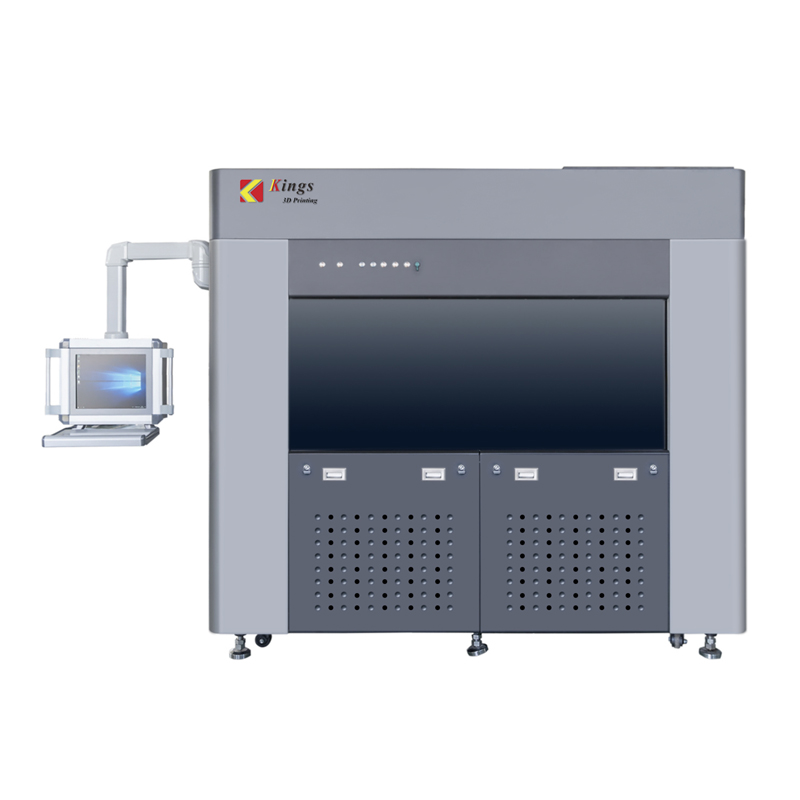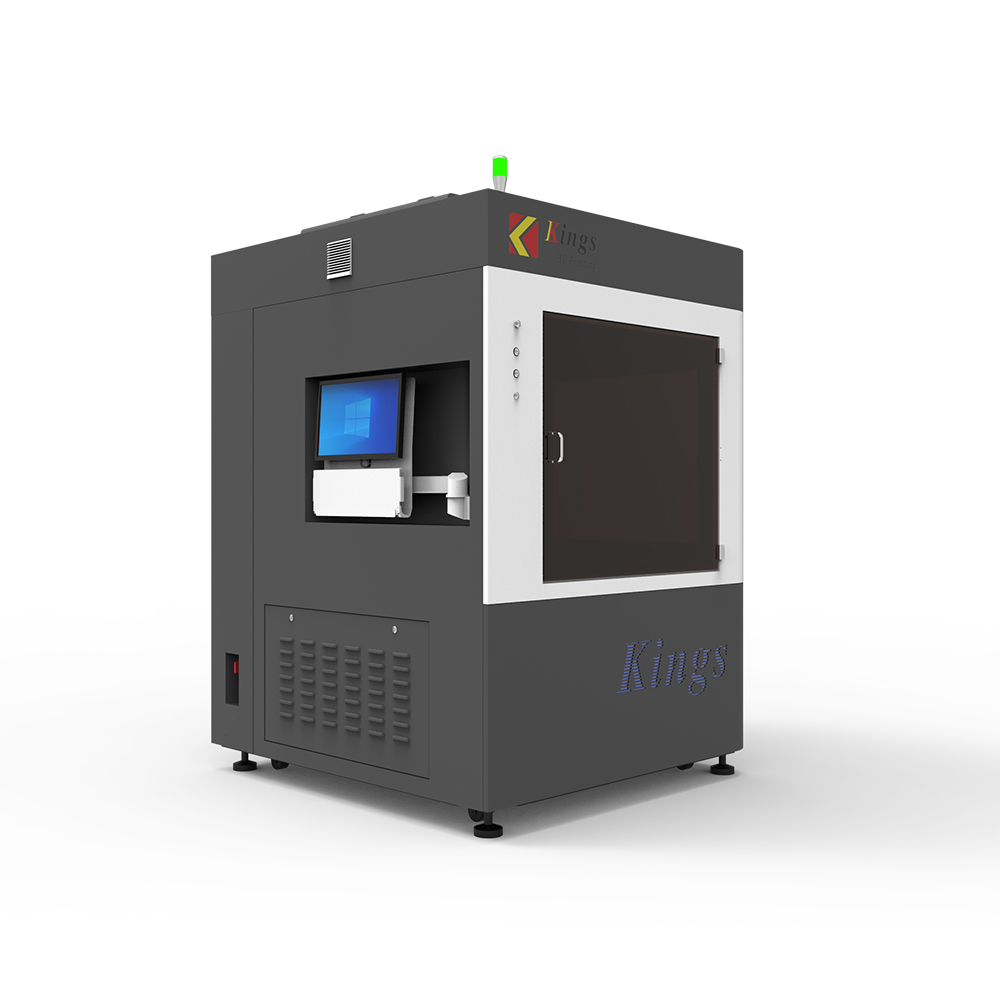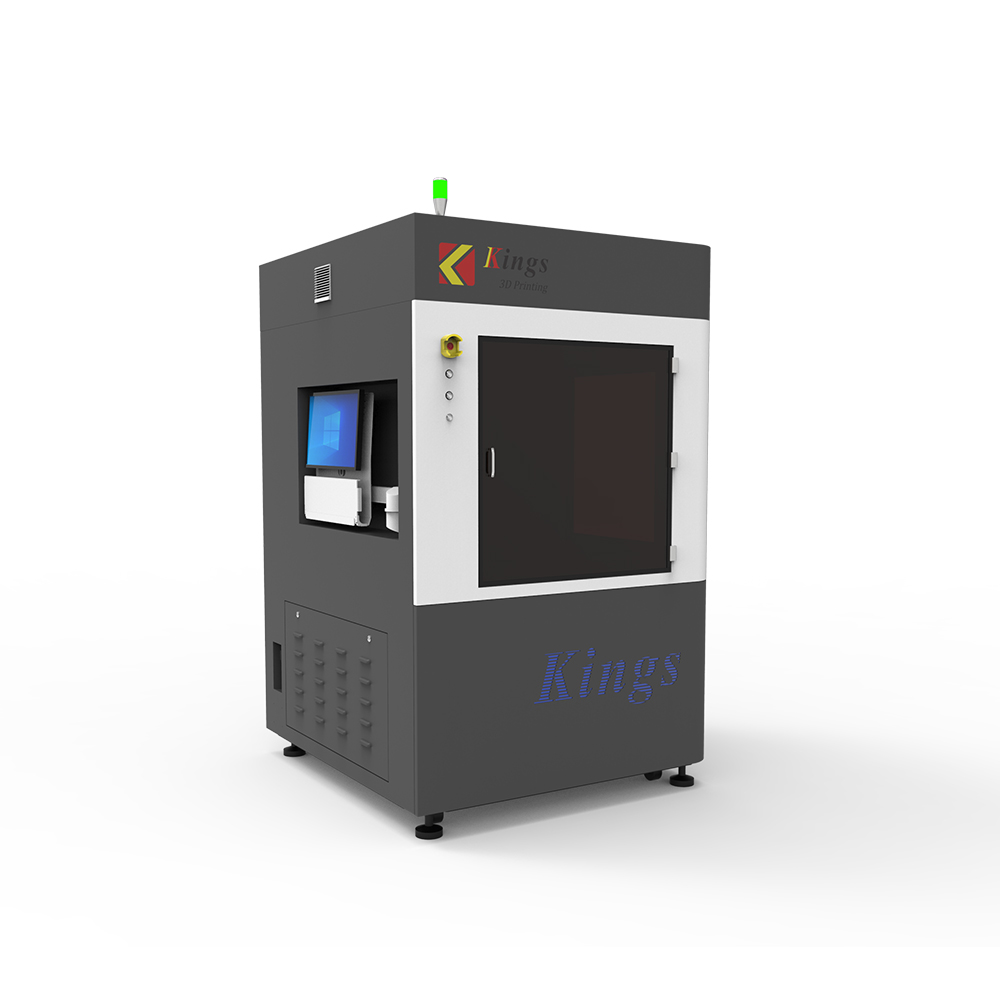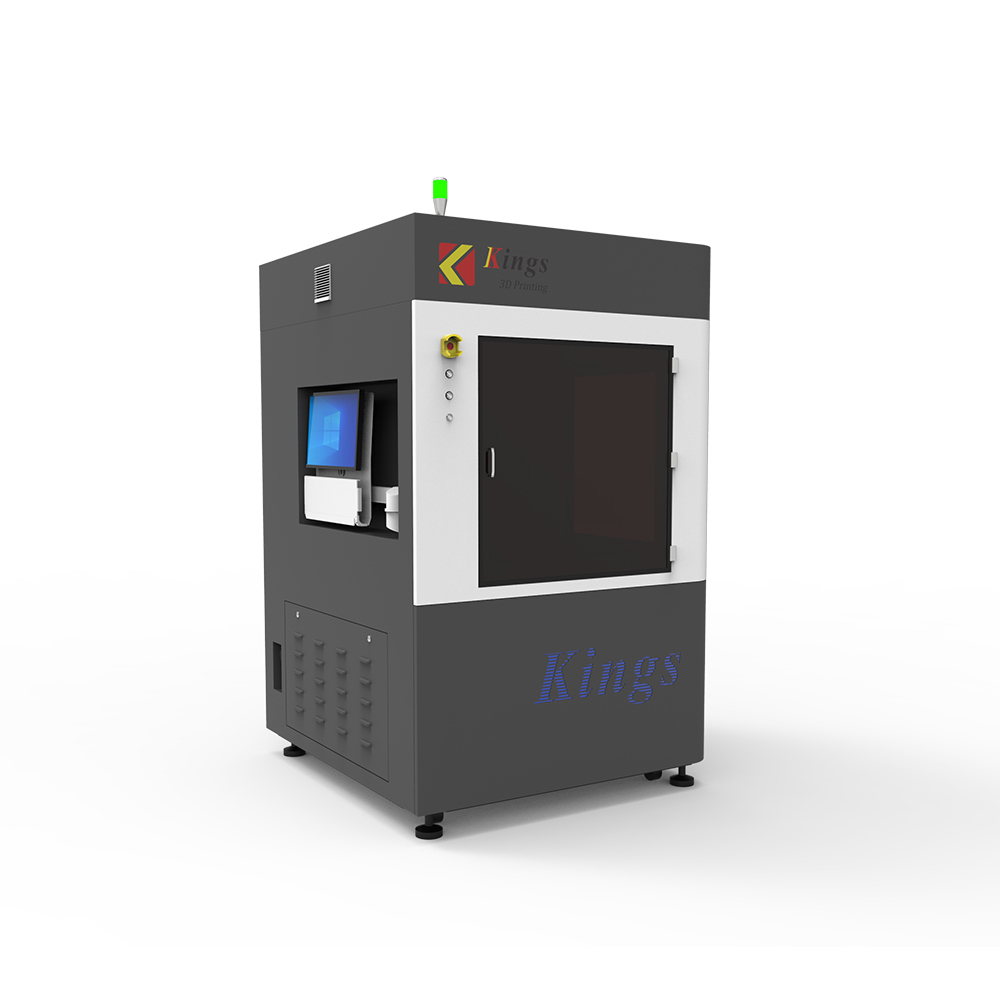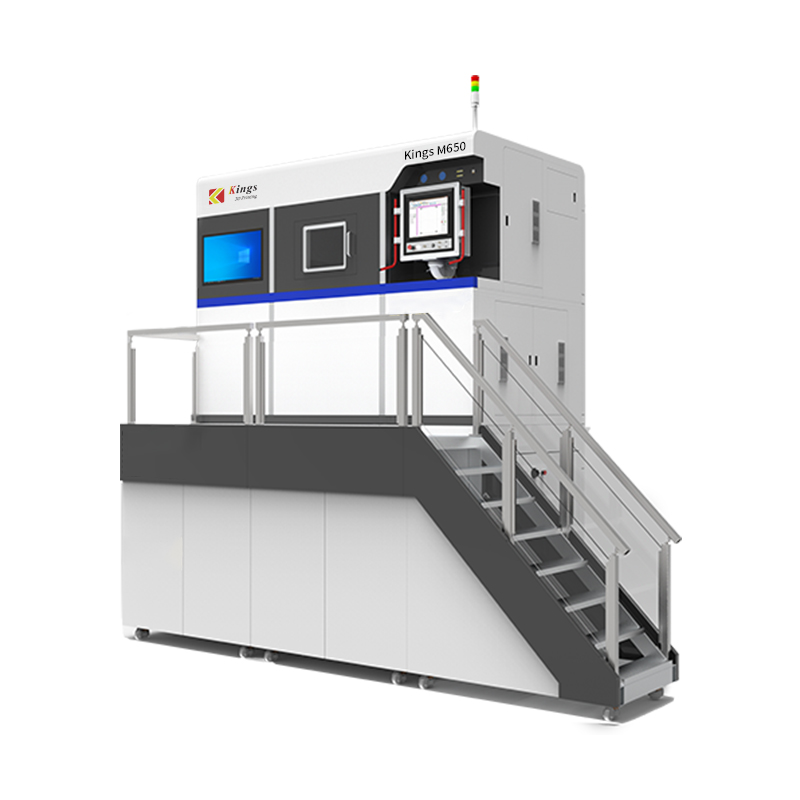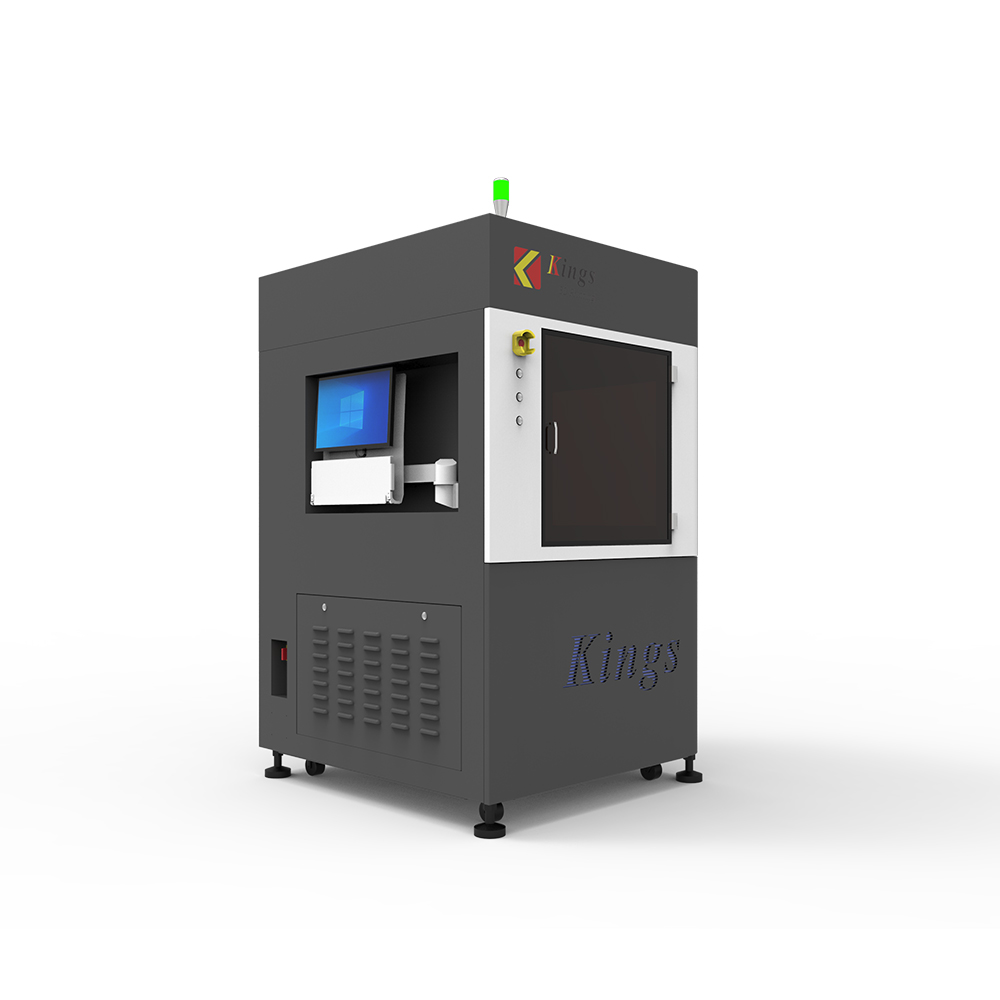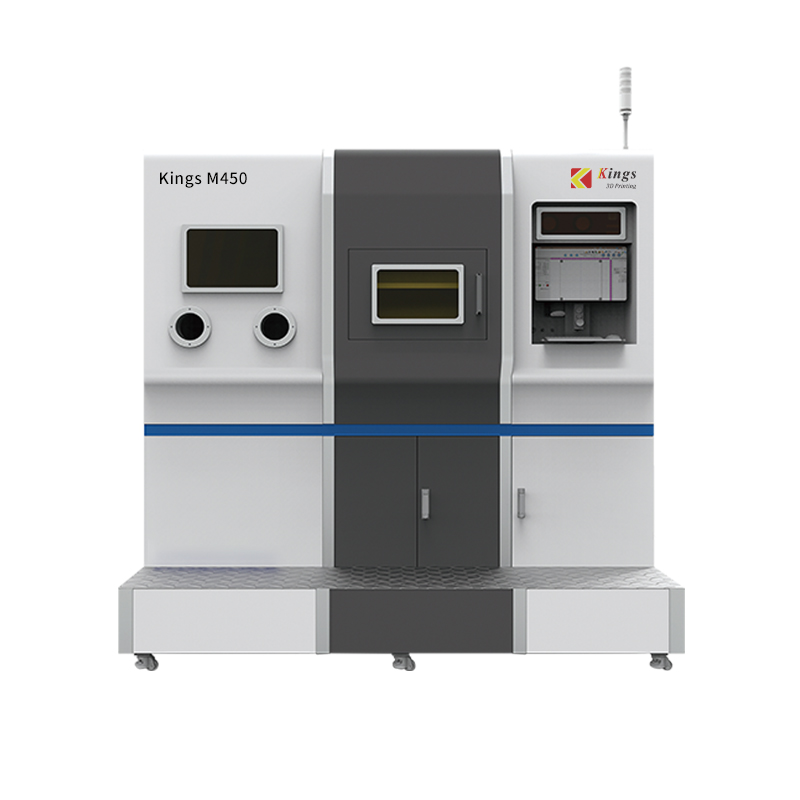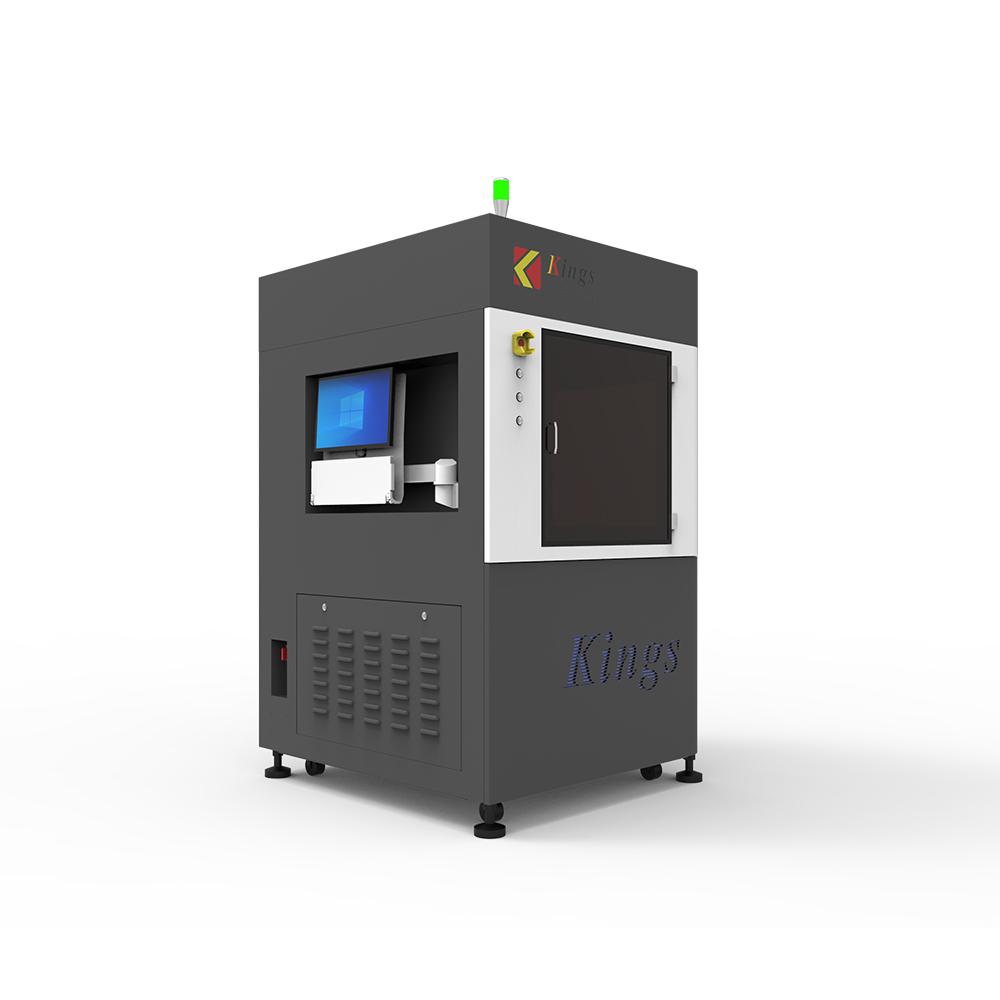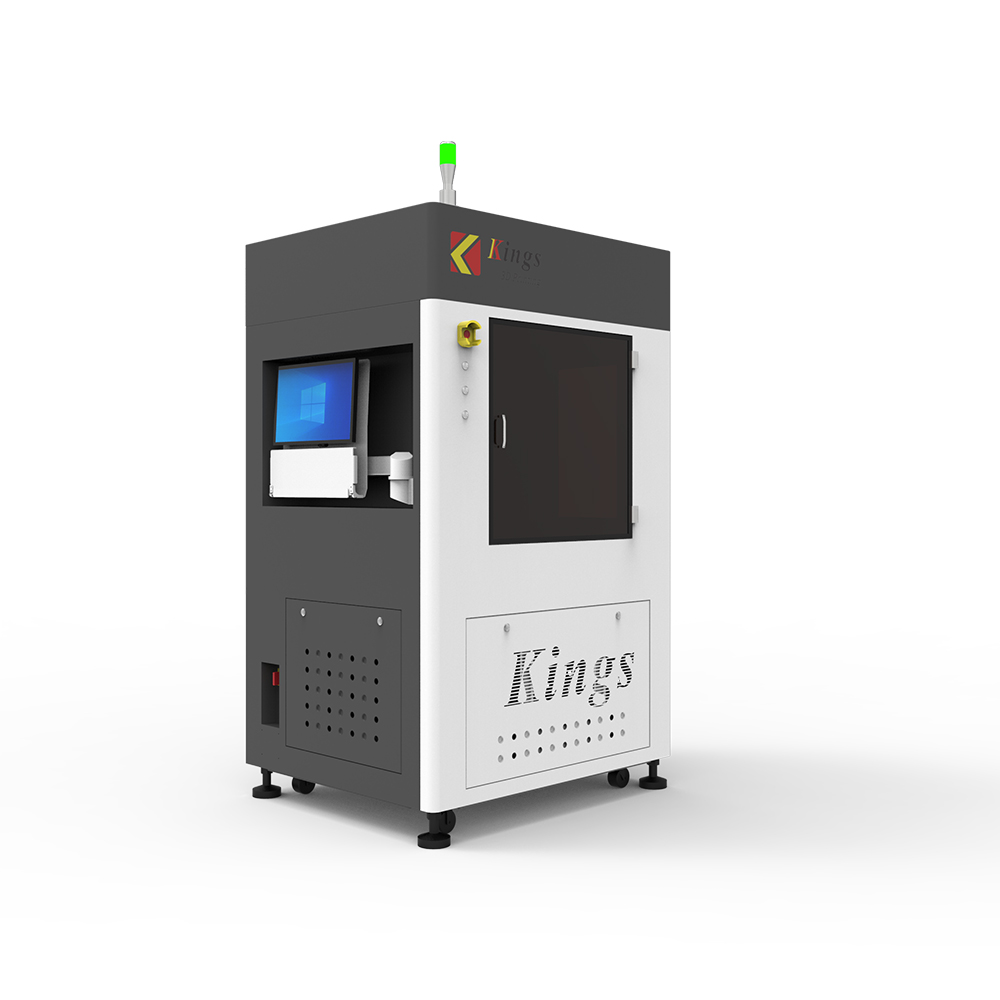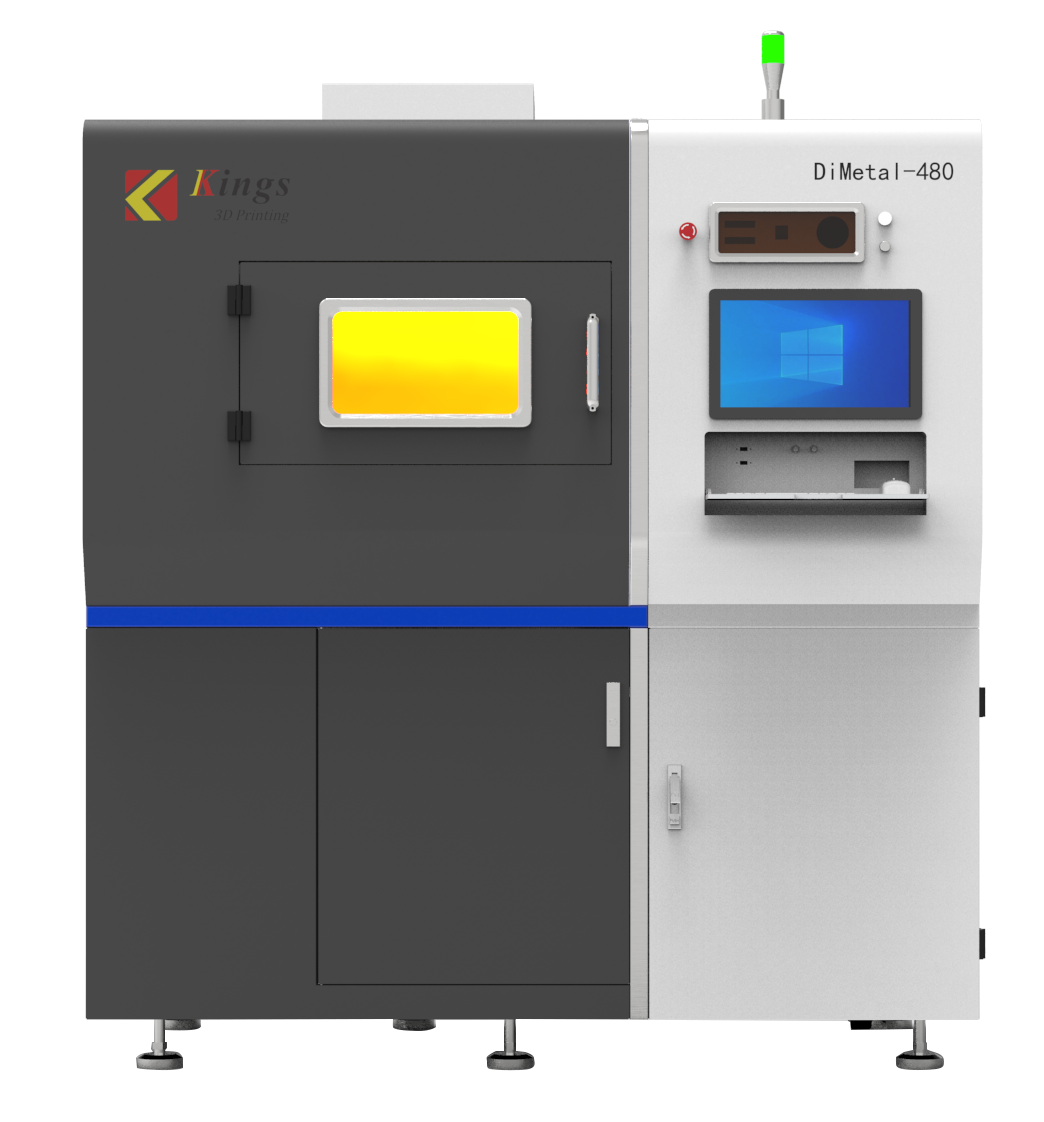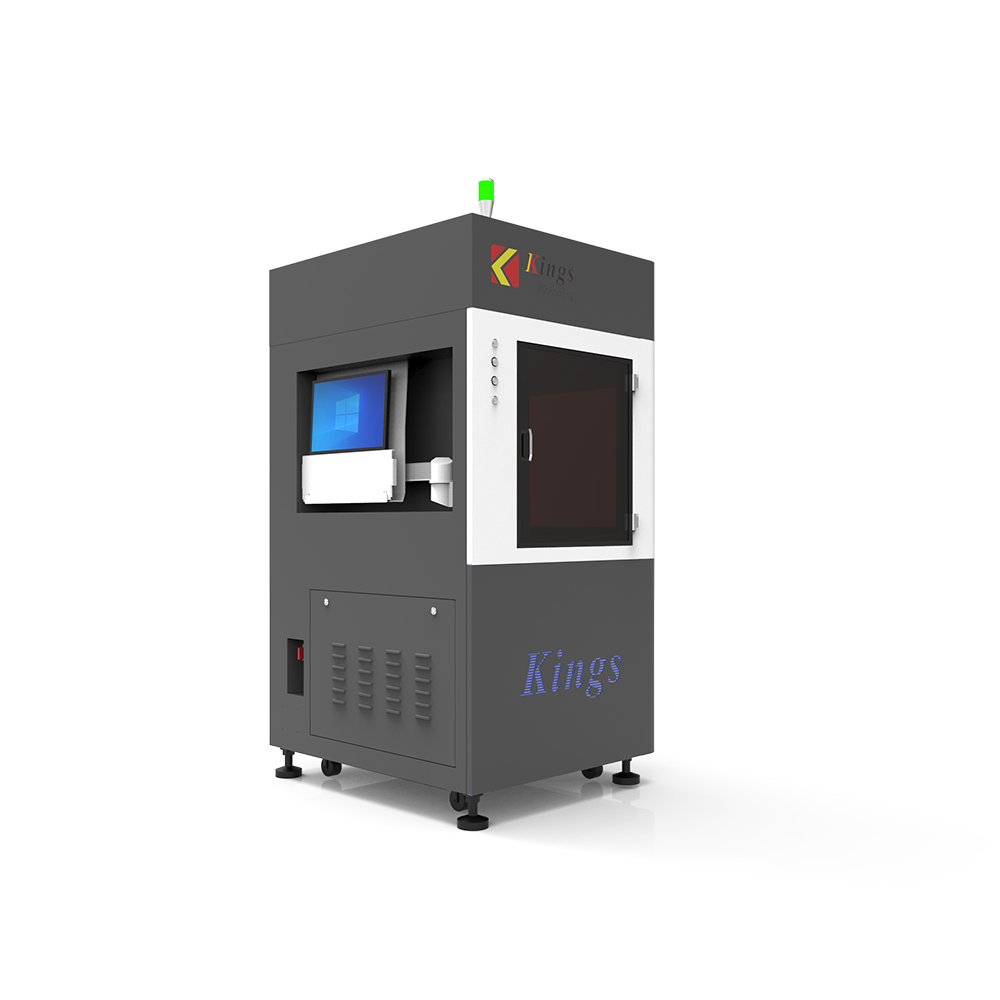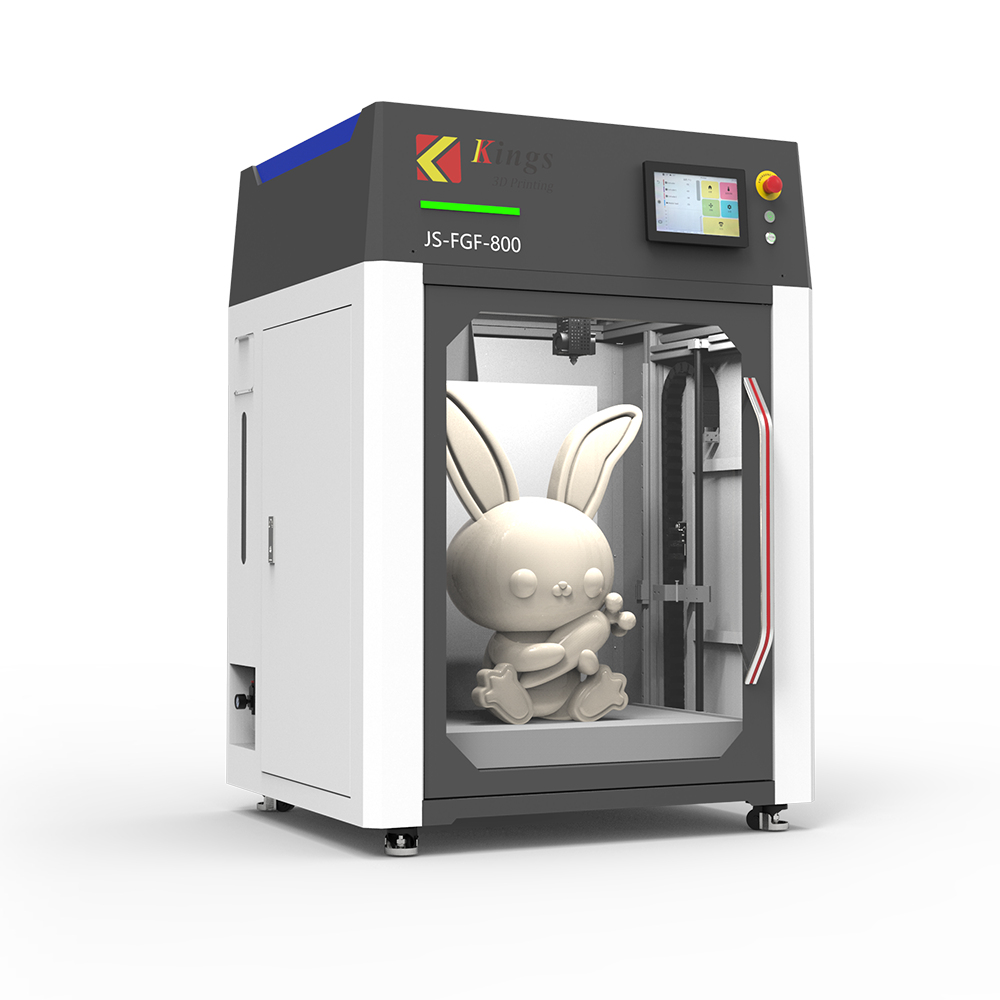Selective Laser Sintering (SLS) and Multi Jet Fusion (MJF) are exciting and powerful 3D printing technologies capable of fabricating precisely detailed and complex parts without the need for support materials. In general, parts produced by SLS 3D Printing and MJF 3D printing are suitable for end use, but post-processing a part can improve its overall quality in many ways
SLS and MJF 3D printed parts are available in a variety of post-processing techniques and finishes. Manufacturers often add coatings to SLS and MJF parts, especially to improve their performance. Additionally, the addition of functional coatings can sometimes help compensate for the lack of available material grades for SLS and MJF.
In this article, we'll cover several common methods for SLS post-processing and MJF post-processing currently available.
Basics of SLS and MJF Post-Processing
Like other powder-based additive manufacturing technologies, SLS and MJF parts must be cleaned of excess powder after printing concludes. Once your part has finished printing and is removed from the 3D printer, there are three core steps you need to take: part extraction, powder recovery, and media blasting.
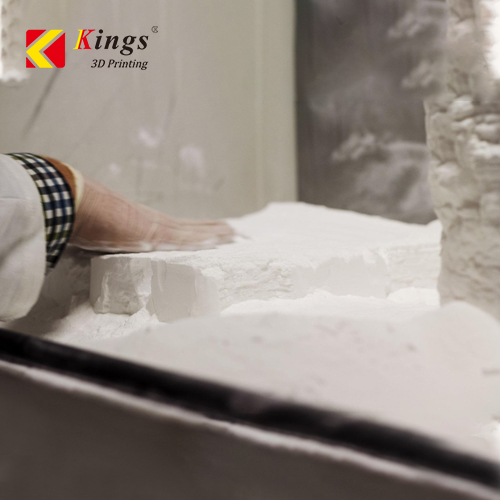
Step 1: Part Extraction
Before post-processing can begin, the nylon 3D prints need to cool down.
Once completed, the part extraction can begin. You need to separate sintered parts from unsintered powder, while a fan pulls any dispersed powder into a filter. The unsintered powder should fall away from the prints with the touch of your hand, exposing the completed prints.
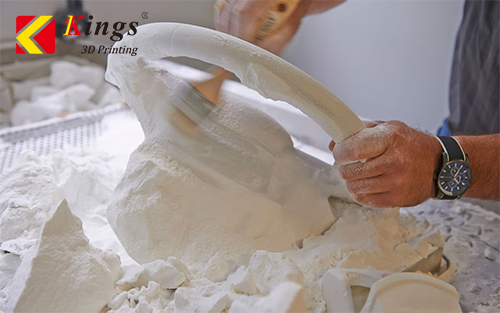
Step 2: Cleaning up
Cleaning up unsintered powder is the second step in the post-processing of a nylon-printed item. This is usually done with compressed air, or it can also be done manually with the help of rice or copper fiber brushes. While not especially complicated, the process can get messy. Manual post-processing can also result in the unnecessary loss of printing powder. Retrieving unsintered powder is instrumental in reducing your cost per print.
Special equipment that makes post-processing easier, quicker, and more cost-effective is also available.
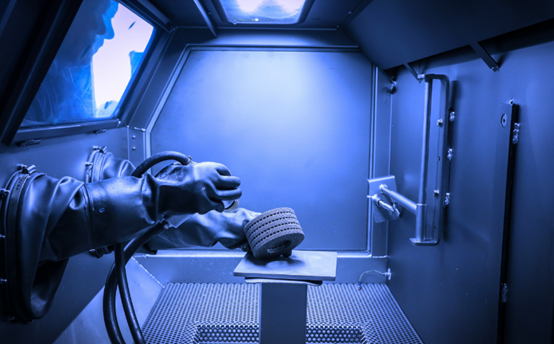
Step 3: Sand Blasting
After basic cleaning, sandblasting (also called media blasting) is recommended to fully depower a nylon part.
What kind of post-processing can Kings 3D offer?
Standard finish for SLS and MJF parts
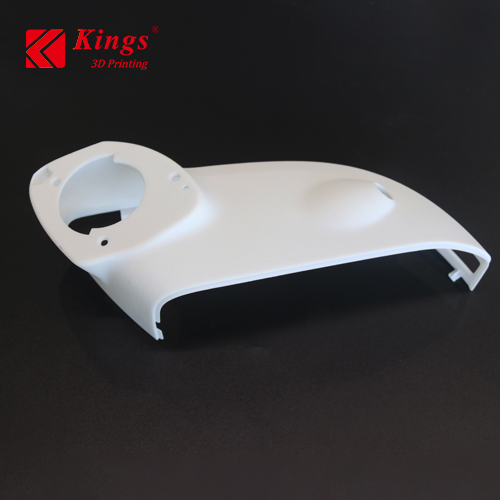
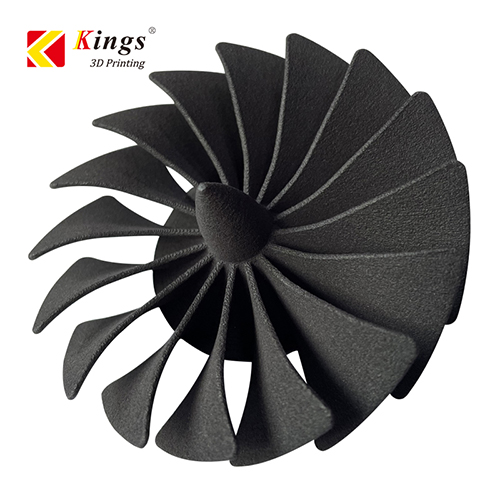
The standard finish is your default for SLS and MJF printed parts. With this process, you remove parts from the build chamber and use compressed air to get rid of all the excess powder material. After this, you clean the surface via plastic bead blasting to remove any unsintered powder that may still stick to the surface.
This standard finish is rough in nature, with a feel similar to medium sandpaper (satin matte, slightly grainy). However, it is the best finish for painting or painting the part.
All SLS and MJF parts come with this standard finish unless otherwise specified.
Pros
Cons
Dyeing SLS And MJF Parts
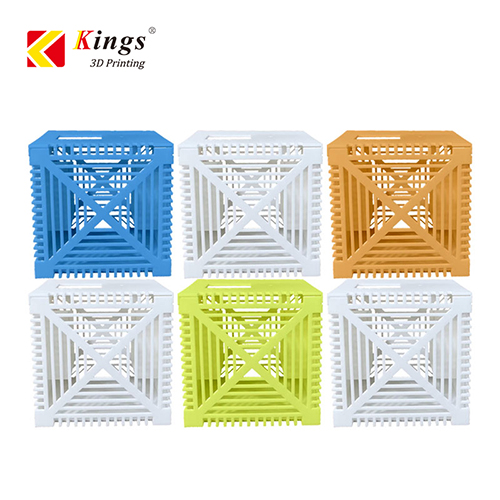
The fastest and most cost-efficient method to add color to SLS and MJF parts is by dyeing them. SLS and MJF parts are porous, which makes them ideal for dyeing.
To dye a part, dip it in a hot color bath - SLS parts are available in a variety of colors and MJF will have more to come. Using a color bath ensures coverage of all interior and exterior surfaces of the part. Typically, the dye will only penetrate the surface to a depth of about 0.5 mm, which means over time the color will fade and reveal the original color of the powder. Therefore, be aware of wear and tear.
Pros
SLS is available in a variety of colors
Dyeing does not affect part size
Multiple sections can be stained at once
More cost-effective than other coloring methods
Ideal for complex geometries
Cons
Spray painting and lacquering
Other options for SLS and MJF parts include painting and painting. For both types of parts, you can paint or paint them (varnish or varnish). By painting, various finishes can be obtained, such as high gloss or metallic luster. Clear coats can increase the wear resistance, surface hardness and water tightness of a part while limiting marks and smudges on its surface.
Author: Gary/Yami







